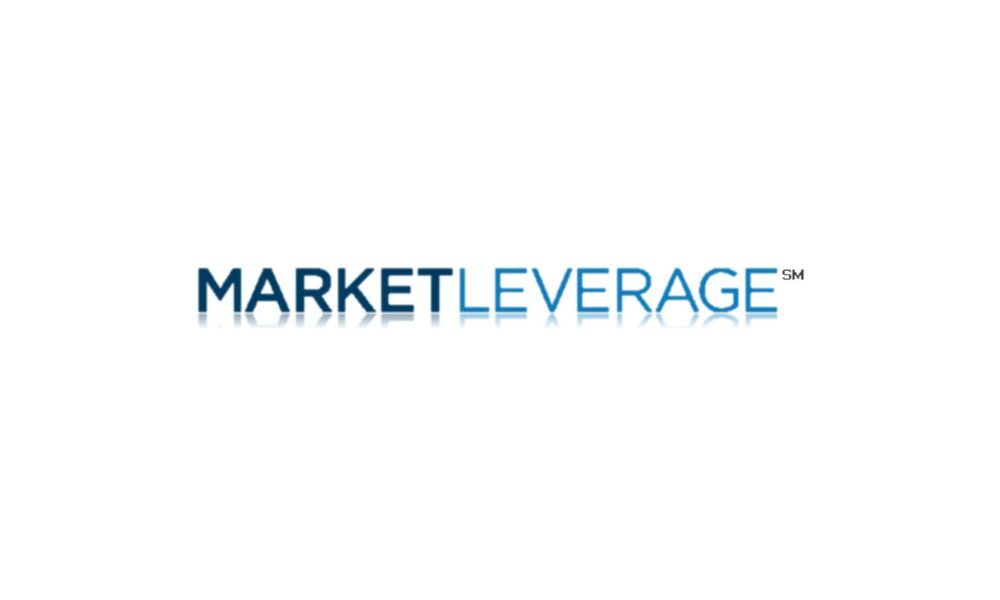
For years, “blockchain for enterprise” felt like a buzzword in search of substance. Proof-of-concept pilots were announced with fanfare, then quietly sunsetted. Executives dropped “DLT” into investor calls, but few systems made it into actual production. In 2025, that narrative is finally changing—not because the tech got flashier, but because real business problems are finally being solved.
The biggest shift? Enterprise blockchain is no longer trying to reinvent finance or upend entire industries. It’s being used to make existing systems better—more secure, more efficient, and more transparent.
Take supply chain traceability, for example. Pharmaceutical companies are using blockchain to verify the origin and temperature history of drugs throughout the distribution process. This isn’t theoretical—blockchain-backed audit trails are now helping meet regulatory standards for counterfeit prevention and cold-chain integrity in global markets. In food and agriculture, similar systems are being used to track everything from fish to coffee beans, giving both suppliers and consumers a clearer picture of provenance.
In digital identity, decentralized ID systems are gaining traction, especially in areas where traditional identity infrastructure is weak or fragmented. Universities are issuing verifiable credentials on-chain. Governments are exploring blockchain passports. And enterprises are integrating identity layers into platforms to streamline KYC while preserving user privacy through selective disclosure. The shift toward privacy-preserving, user-controlled identity is subtle but significant—and blockchain is at its core.
Even document authentication is quietly being overhauled. Legal, insurance, and real estate firms are anchoring contracts and records to public or permissioned ledgers, making it easier to verify that a file hasn’t been tampered with. In highly regulated industries, this has major implications for auditability and compliance, especially in cross-border workflows.
And then there’s tokenization—not the kind with speculative trading, but real-world assets being represented digitally for internal transfers or restricted circulation. Internal corporate blockchains are being used for things like managing loyalty points, tokenizing carbon credits, and streamlining royalty payments. These aren’t public-facing crypto products—they’re business tools.
One reason enterprise blockchain is finally gaining traction is because the infrastructure has matured. Modular networks, scalable Layer 2s, and robust identity bridges are making it easier for companies to deploy solutions without building from scratch. Privacy tech has also improved, with ZK-proofs and permissioned access helping keep sensitive data off-chain while maintaining verifiability.
Crucially, most successful implementations are not trying to decentralize everything. Enterprises are choosing what makes sense to put on-chain—timestamps, proofs, hashes—while keeping high-volume or sensitive operations in secure, off-chain systems. This hybrid approach is pragmatic, and it’s working.
No, blockchain isn’t replacing databases or becoming the new internet. But it’s filling a unique gap: shared, tamper-proof records between organizations that don’t fully trust each other. And in a global economy full of data silos, that’s a problem worth solving.
The hype may have faded, but in the enterprise world, blockchain’s next chapter isn’t about disruption. It’s about quiet, steady improvement—and that’s what makes it sustainable.

The Bahamas, November 14, 2025 ApeX Protocol has integrated Chainlink Data Streams to power RWA Perpetuals, bringing traditional RWA markets on-chain with institutional-grade data infrastructure....

Every millisecond counts when price spreads shrink and volatility spikes. Yet raw speed alone can be dangerous if it comes at the cost of risk...

Insurtech’s “micro‑life” concept brings built‑in coverage to digital deposits — and a new trust story to crypto. Wysh, an insurance carrier best known for embedding...

Culture and crypto are colliding, and YouBallin is building the rails. Built on Solana, YouBallin is a decentralized competition platform that puts fans, not algorithms,...

Reporter: Mr. Wingfield, congratulations on the official launch of the SKC online community. Could you first explain why you’re relaunching the community? Wouldn’t offline services...

Overland Park, KS (PinionNewswire) — CoinResearch Platform Provides Investment Intelligence for Retail and Institutional Investors Technology Labs, LLC, a Missouri-based technology company and creator of...

Lorem ipsum dolor sit amet, consectetur adipiscing elit. Ut elit tellus, luctus nec ullamcorper mattis, pulvinar dapibus leo.
Lorem ipsum dolor sit amet, consectetur adipiscing elit. Ut elit tellus, luctus nec ullamcorper mattis, pulvinar dapibus leo.